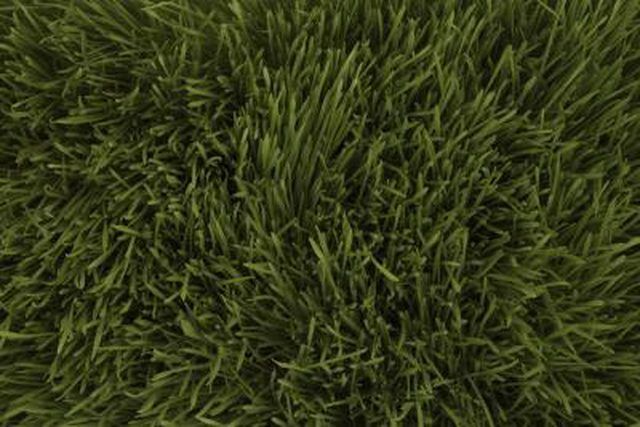Bulbs
Flower Basics
Flower Beds & Specialty Gardens
Flower Garden
Garden Furniture
Garden Gnomes
Garden Seeds
Garden Sheds
Garden Statues
Garden Tools & Supplies
Gardening Basics
Green & Organic
Groundcovers & Vines
Growing Annuals
Growing Basil
Growing Beans
Growing Berries
Growing Blueberries
Growing Cactus
Growing Corn
Growing Cotton
Growing Edibles
Growing Flowers
Growing Garlic
Growing Grapes
Growing Grass
Growing Herbs
Growing Jasmine
Growing Mint
Growing Mushrooms
Orchids
Growing Peanuts
Growing Perennials
Growing Plants
Growing Rosemary
Growing Roses
Growing Strawberries
Growing Sunflowers
Growing Thyme
Growing Tomatoes
Growing Tulips
Growing Vegetables
Herb Basics
Herb Garden
Indoor Growing
Landscaping Basics
Landscaping Patios
Landscaping Plants
Landscaping Shrubs
Landscaping Trees
Landscaping Walks & Pathways
Lawn Basics
Lawn Maintenance
Lawn Mowers
Lawn Ornaments
Lawn Planting
Lawn Tools
Outdoor Growing
Overall Landscape Planning
Pests, Weeds & Problems
Plant Basics
Rock Garden
Rose Garden
Shrubs
Soil
Specialty Gardens
Trees
Vegetable Garden
Yard Maintenance
How to Promote New Sod Growth
How to Promote New Sod Growth. Unlike grass seed, sod can turn a barren landscape into a lush, green lawn almost instantly. However, you need to give sod a bit more care than an established lawn. New sod needs time to grow strong roots into the ground. The level of care you give the sod will determine if it develops roots and grows well, or...

Unlike grass seed, sod can turn a barren landscape into a lush, green lawn almost instantly. However, you need to give sod a bit more care than an established lawn. New sod needs time to grow strong roots into the ground. The level of care you give the sod will determine if it develops roots and grows well, or succumbs to death and disease. Proper maintenance, watering and fertilizing will help your sod lawn stay healthy for years to come.
Things You'll Need
Lawn roller
Hose with spray attachment or an irrigation system
Lawnmower with a new blade
Nitrogen
Broadcast spreader
Roll or tamp newly installed sod, making it come in contact with the soil gently. The best time to roll sod is shortly after installation, when it is dry enough to touch. Rolling helps make sod roots contact the soil properly, pushes air pockets out and smooths lumps.
Irrigate the sod about 30 minutes after installation. Keep the sod and the soil underneath consistently moist, but not saturated, by watering it daily. Check the moisture by lifting the corners of the sod pieces.
Lift the corners of the sod pieces to check for new roots. White roots are new, whereas brown roots are older. Adjust your watering schedule to soaking the top 4 to 5 inches of soil every four to seven days when the sod has grown new roots.
Mow the sod down to a height of 2 to 3 inches when it is 4 inches tall. Use a sharp, new mowing blade. Do not remove more than one-third of the leaf blades during mowing.
Apply 1 pound of nitrogen per 1,000 square feet with a broadcast spreader, about four to six weeks after installation. Irrigate with 1/2 inch of water to rinse the fertilizer off the grass blades. Put down a second application of nitrogen 30 to 60 days later. For sod installed in the winter, wait to apply nitrogen until after the sod turns green in the spring.